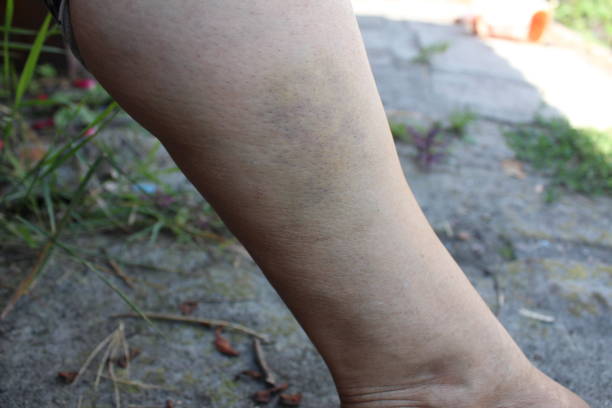
Understanding Varicose Vein Stages: From Mild Twists to Serious Trouble
Varicose veins often start subtly with mild leg heaviness or faint, twisting veins that are easy to overlook. However, if left untreated, they can progress to bulging veins, skin changes, and even venous ulcers. Early recognition and proper treatment are key to preventing serious complications.





